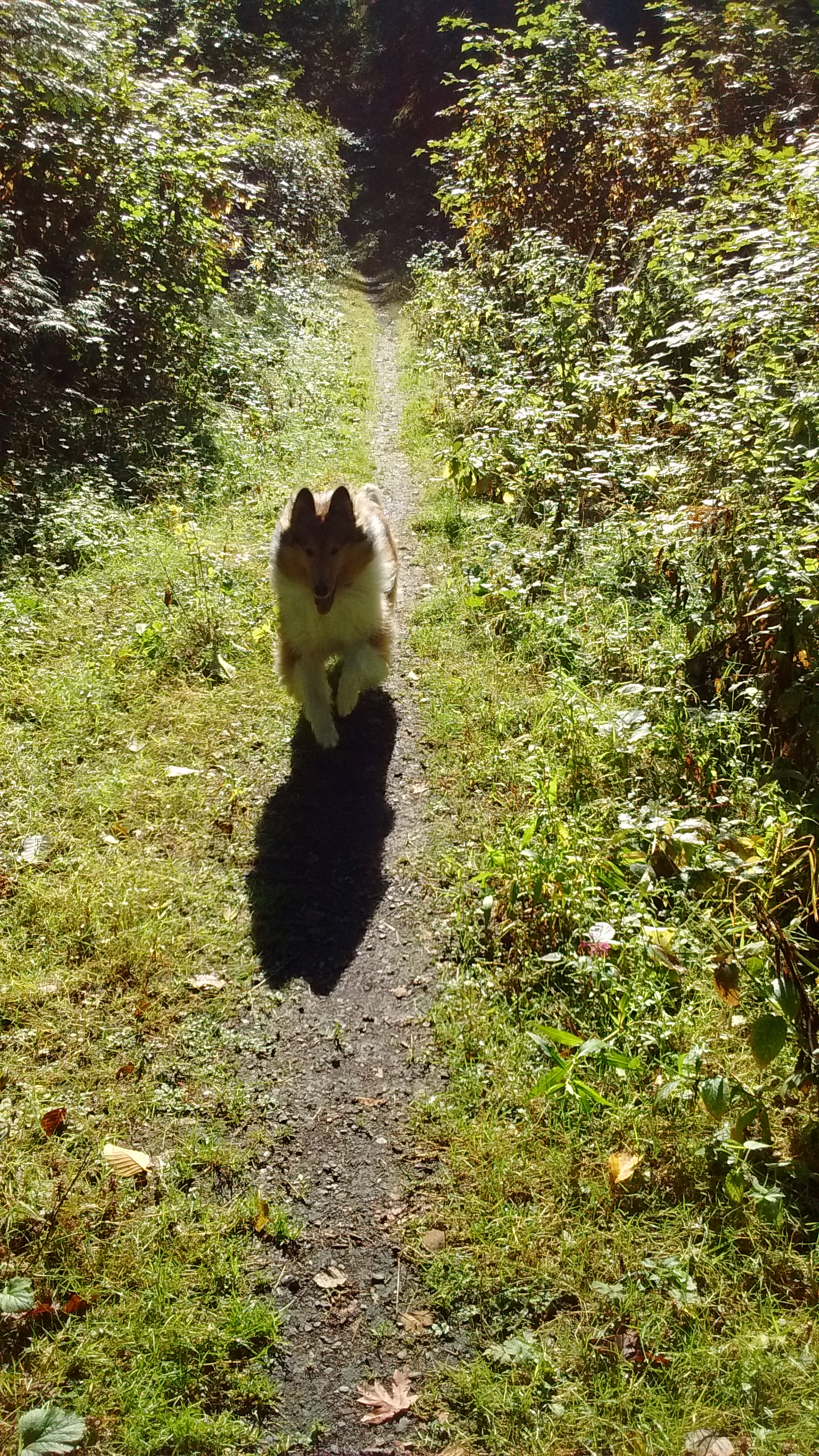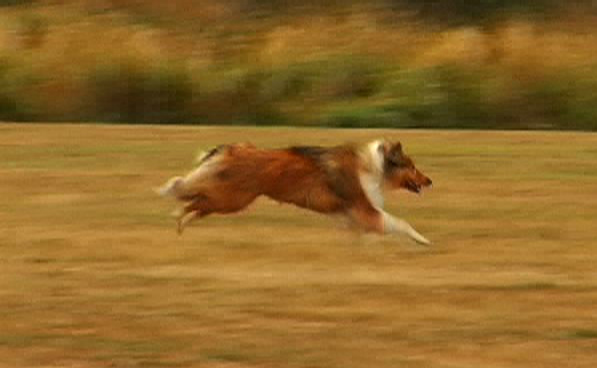Since before we lost Vera (of Finding Vera), I have tormented myself with the safety of our “next dog”. Annie is our “next dog”. I know too much now to be complacent and trusting of dogs, or the decisions of their people. On the other hand, I’ve asked myself if one should limit the experience of a child or dog because of parental fears–I’m sure parents struggle with this question worldwide.

I’ve also asked myself how dog parks are different from off-leash trails. After all, in both situations the dogs are free to do more or less what they please. And in both situations, dogs need to be well-socialized to be comfortable and successful.
I am cagey of dog parks for the reasons cited in my last blog, “Dog Parks? Why not?” However, for the past seven years I’ve literally itched to have a dog who could run like the wind on the expansive field of the Sudden Valley dog park, cavorting with her friends, laughing, dancing, doing all the things that dogs do. So we took Annie there– twice–and Don took videos. Annie had a blast!

However, I’ve spoken to two separate neighbors whose dogs have had bad dog-park experiences within the past week. I’ve read my “Dog Parks” post over a time or two, and now I ponder the wisdom of taking Annie there again. I don’t want her to get physically hurt…or become fearful of dogs. After our experience with Vera, that would be devastating.

There are good and bad things about off-leash trails. Unlike the dog park, you can’t always see who’s approaching, and there’s no guarantee that the approaching dogs will be friendly. The direct face-to-face greeting is a potential problem for dogs if the trail is narrow. However, the good thing about trails is that the dogs are not crowded together for an extensive period of time. They can choose to interact–or not. Our goldens, Lola and Sascha, would choose to just arc around the dogs they’d approach on a trail and continue on. But even if the dogs choose to play, it is often only a group of two to three dogs playing for a very short period and they move on before they tire of the social interaction, or become physically exhausted from the intense activity of play. Watching Annie play at the dog park, I noticed that she started to tire toward the end of the session, and began to get irritable. This doesn’t seem to happen on trails.
So which scenario is best?
It depends on the culture of the dog park or the culture of the trail, your dog’s temperament and level of socialization, your mood that day, your dog’s mood that day, and who is at the dog park at any given moment. In other words, there is no “right” answer.
Training tips to help keep your dog safe:
- Read “Dog Parks? Why not?” There are several tips at the bottom of the blog on how to navigate dog parks more safely with a well-socialized dog, and there are tips throughout the article on how to tell if your dog is appropriate for the dog park–or not.
- Learn canine body language so you can evaluate the approaching dog. Are the dogs exchanging calming signals? Are they relaxed? Are they approaching each other at an angle? Being polite? Rapid, direct approaches with direct eye contact is considered by dogs to be rude and confrontational.
- Only walk dogs off leash on trails that are designated “off leash”.
- On-leash trails are fair game to dogs who may not care for other dogs and, being hampered by a leash, these dogs will often be reactive, or at least very intimidated by your dog. There is nothing more terrifying for the handler of a leashed, fearful dog than to be approached by a loose, friendly dog. A fight could ensue where your dog gets hurt. Also, many people don’t like being jumped upon or even sniffed by strange dogs. I’m a “dog person” through and through, and even I dislike being jumped on by exuberant dogs.
- Approach each walk as a training walk. If your dog is clicker trained, use the clicker. Treat your dog every time your dog looks back at you, waits for you, or returns to you. Use high value treats (chicken, steak, apple etc–whatever your dog LOVES), but put treats away when you encounter another dog.

Praise both dogs for appropriate dog encounters calmly, tell them what good dogs they are. Have an excellent recall (“come”)–even when a dog is approaching or there are deer or wildlife near by. Practice every walk, rewarding with HIGH value treats when they come to you. NEVER correct your dog for “eventually” coming to you, no matter how frustrated you are. It just means your dog isn’t ready to be off leash yet and your recall needs more work in distracting environments. For the best recall ever, check out “Recallers” by Susan Garrett. Teach your dog to sit behind you on cue, so you can protect your dog from any strange dog you don’t trust. Practice it at home with few distractions, then on the street, then on trails and in more stimulating settings. Reward your dog for doing this correctly. If you’re unfamiliar with a trail, be cautious. Keep your dog close (the further away your dog is, the less likely he is to respond to you), or leashed. Always do your very best to keep your dog safe.

One thought on “Dog parks vs off-leash trails”